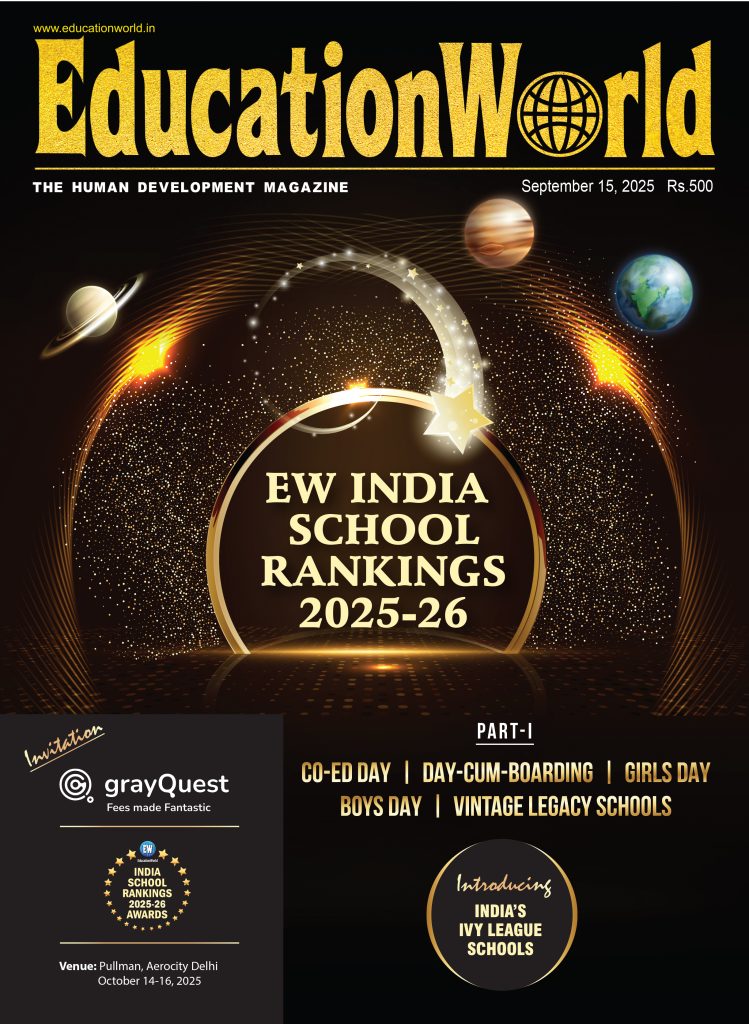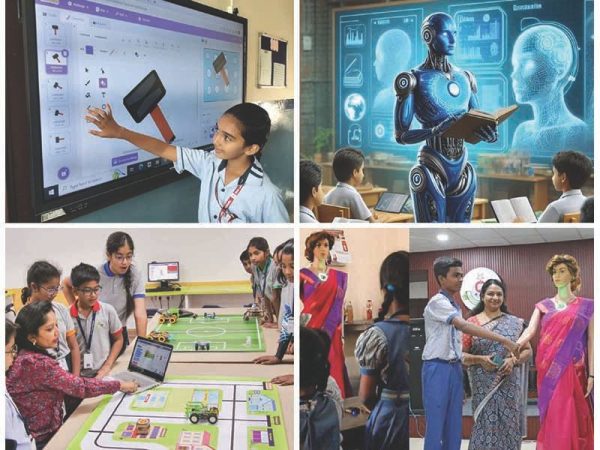Academic Grapevine
Perils of the pulp tradeIt‚s a paradox which requires some investigation and explanation. On the one hand contemporary India is the world‚s largest market for the printed word. On the other the country‚s book publishing industry has been on oxygen for years, if not decades. Hope sprang in every breast with the arrival on Indian shores of the UK-based Penguin Books almost two decades ago. But it proved to be a false dawn for this perennially beleaguered industry. The parent company in Britain ceded a majority equity share in the Indian company to the Kolkata-based Ananda Bazaar Patrika group which at best, is a big fish in a very small eastern region pond, which is perhaps why Penguin India has exhibited none of the dynamism and business development savvy of its British parent. Nor is the book publishing industry entirely to be blamed. The book retail trade has been taken over by crass merchants who exhibit an overwhelming preference for pulp fiction and high price titles published abroad on which they earn high unit commissions. The big money is in retailing educational textbooks. But even in this segment organised sector retailers face competition from down-market regional and local language publishers who thanks to political patronage, have cornered dominant slices of the education books market.Against this backdrop of pusillanimous marketing by non-education book publishers and grudging promotion by retailers, the largest selling title in Indian history is ‚ surprise, surprise ‚ You Can Win, a self-development book authored by business management guru Shiv Khera which has been reprinted 29 times (by Macmillan India) and has sold over 550,000 copies ‚ a number far ahead of Arundhati Roy‚s God of Small Things (80,000). But an important reason why books sell in larger numbers abroad even in small countries, is because of orders from the large number of public libraries. That‚s a rare institutional species of which India‚s omniscient central planners seem blissfully unaware.Not so elementary It‚s reflective of the bankruptcy of the apex level management of the chocolate manufacturing major Cadbury India, that its comeback advertising campaign currently being aired on prime-time television features the somewhat over-flogged warhorse Amitabh Bachchan endorsing the company‚s brand. Following a spate of reports of live worms being discovered late last year in its pricey chocolates which command an estimated 66 percent of the national market, instead of devising a sensitive ad campaign to reassure the public that it has taken new and adequate fail-safe precautions to prevent a recurrence of worms infestation of its brands mainly patronised by vulnerable children, the Cadbury management has ill-advisedly chosen the over-exposed Big B to plug its prime Cadbury‚s Dairy Milk brand.Ill-advisedly because given that Bachchan is currently endorsing about a dozen brands in the national media, his credibility is wearing thin. Among the brands currently being endorsed by the Big B on national television are Reid & Taylor, Parker Pens, Dabur, Maruti Versa, Nerolac Paints, ICICI Bank, Lomani perfume, Sahara City Homes and the AIDS/ pulse polio campaigns. Consequently the public is well aware that Bachchan being the actor he is, mouths the lines he is paid to emote, and is unlikely to take his word for it that Cadbury brands are now as safe as Fort Knox. Nor does it seem that Cadbury CEO Bharat Puri and his team have learned any lessons from the company‚s recent debacle. Despite widespread criticism from the teachers‚ community that the company‚s ad campaigns are “uncaring and unsharing”, this continues to be the dominant theme of its new “too good to share” ad campaign. Perhaps it needs to be spelt out to Puri & Co: endorsing greed and selfishness, especially in children, is good for sales, but bad for society. One would thought that‚s quite elementary. But‚¦ Mysterious preferenceA proud, unbroken tradition of Kolkata‚s almost two centuries old Presidency College (est. 1817) is that its principal has always been a student of the institution. But right now there is anguished hand-wringing that this unwritten convention is about to be torpedoed by West Bengal‚s Left Front government. (A government institution, Presidency College is owned and administered by the state‚s higher education department).On March 31, Prof. Pijush Ganguli incumbent director of public institutions (DPI) who heads the administrative directorate in the higher education department is due to retire. According to reliable sources, Prof. Amitava Chatterjee, currently principal of Presidency has been hand-picked to succeed Ganguly in Writer‚s Building (the West Bengal government‚s secretariat) over the heads of several seniors in the West Bengal Educational Service. If so, Presidency College‚s seniormost academic ‚ Prof. Timir Jha, head of the zoology department ‚ will be promoted to the office of principal of this show-piece liberal arts college. There‚s the rub. Jha is not an alumnus of Presidency. His appointment will end a convention that is as old as Presidency itself. If tradition is to be upheld, then Jha rather than Chatterjee should have been promoted to the DPI‚s position, particularly since he is Chatterjee‚s senior. But for mysterious reasons the ruling CPM‚s politbureau prefers Chatterjee inside Writer‚s Building. Presidency‚s tradition be damned.Beginning of end of US reign?With competition snapping at their heels, hitherto cock-of-the-walk US universities are feeling the heat. In Delhi there is intensifying pressure on the US embassy‚s Bureau of Consular Affairs to streamline and shorten student visa procedures for Indian students. And there‚s good reason for the embassy to straighten out its act. For, with 74,603 enrollments in US colleges in 2002-03, Indian students constitute the largest foreign contingent studying in the US. But with the current visa and security procedures becoming increasingly picky and demanding, there‚s a danger of Indian students fleeing this country‚s dumbed-down colleges and varsities opting for higher education institutions in Britain, Canada, Australia, New Zealand, Germany etc. Therefore in a determined bid to lure the brightest and best Indian students the US embassy has announced a number of sops. It is increasing funds for the prestigious Fulbright scholarships in India, offering undergraduate scholarships in liberal arts, new English language courses and part scholarships for several twinning programmes at the end of which Indian students will be awarded joint degrees. “The idea,” explains a source at the embassy, “is for the US to continue being an attractive destination for academically bright Indian students who form an important part of our economic and technological pool.” But while fine words are encouraging, it remains to be seen whether Indian students, currently being ardently wooed by competitors offering better value-for-money packages will continue to be enamoured of relatively expensive American education.















Add comment